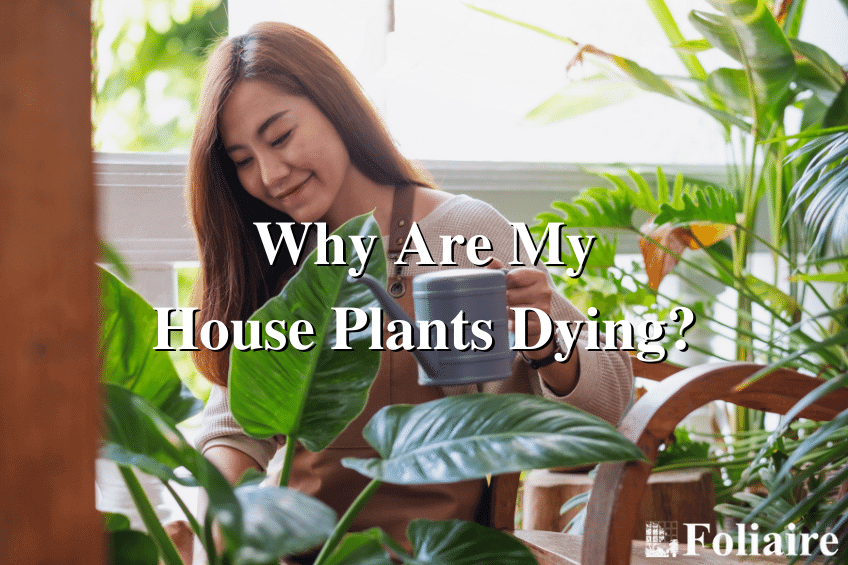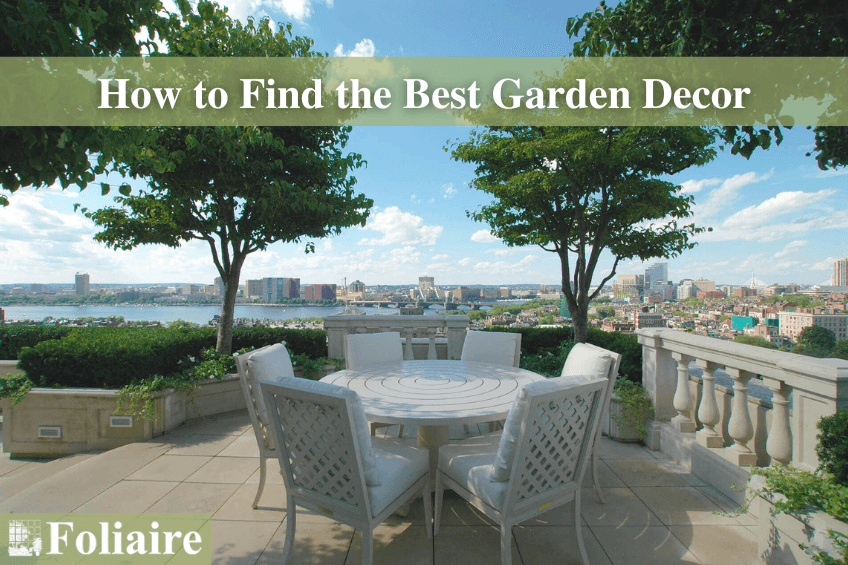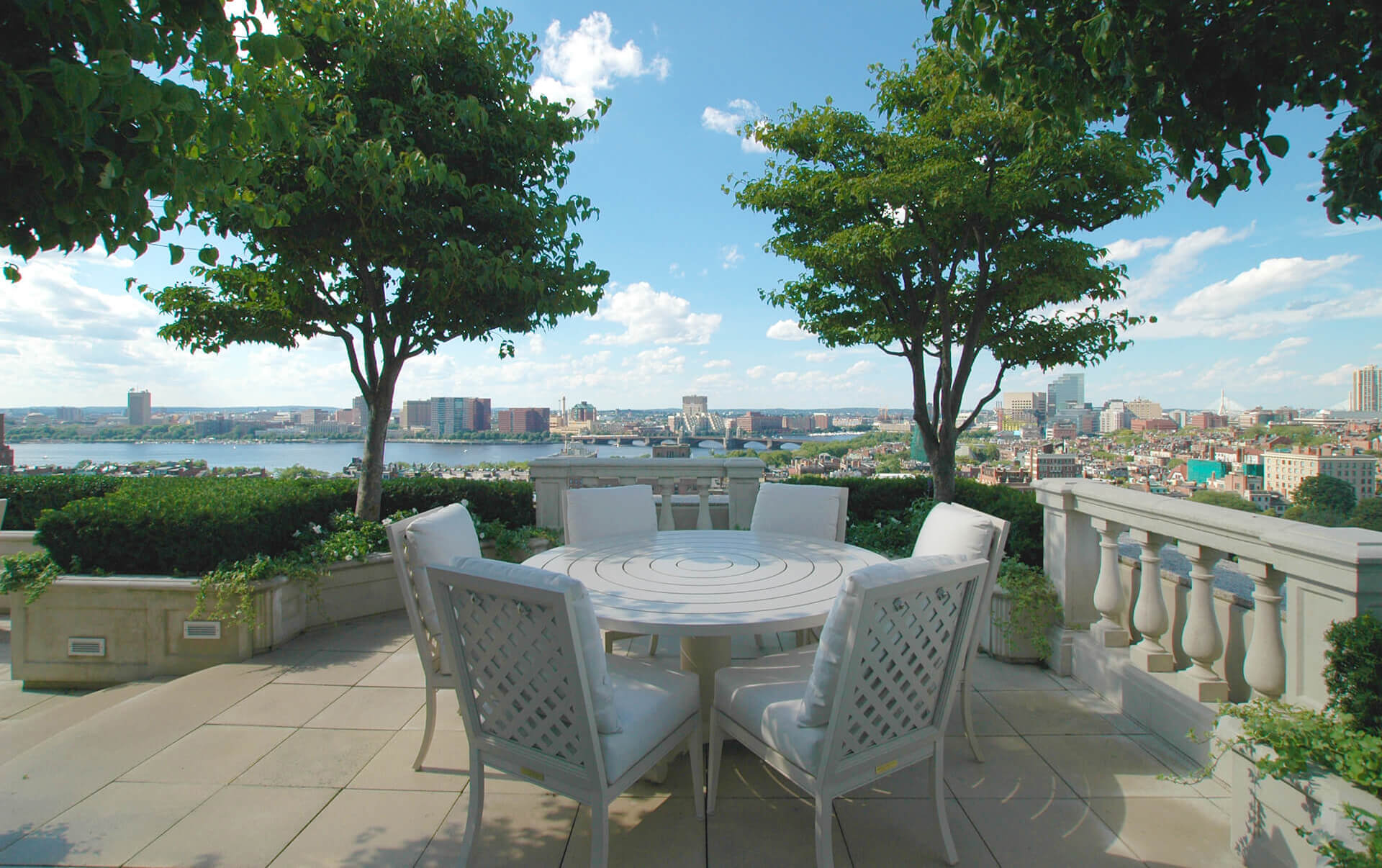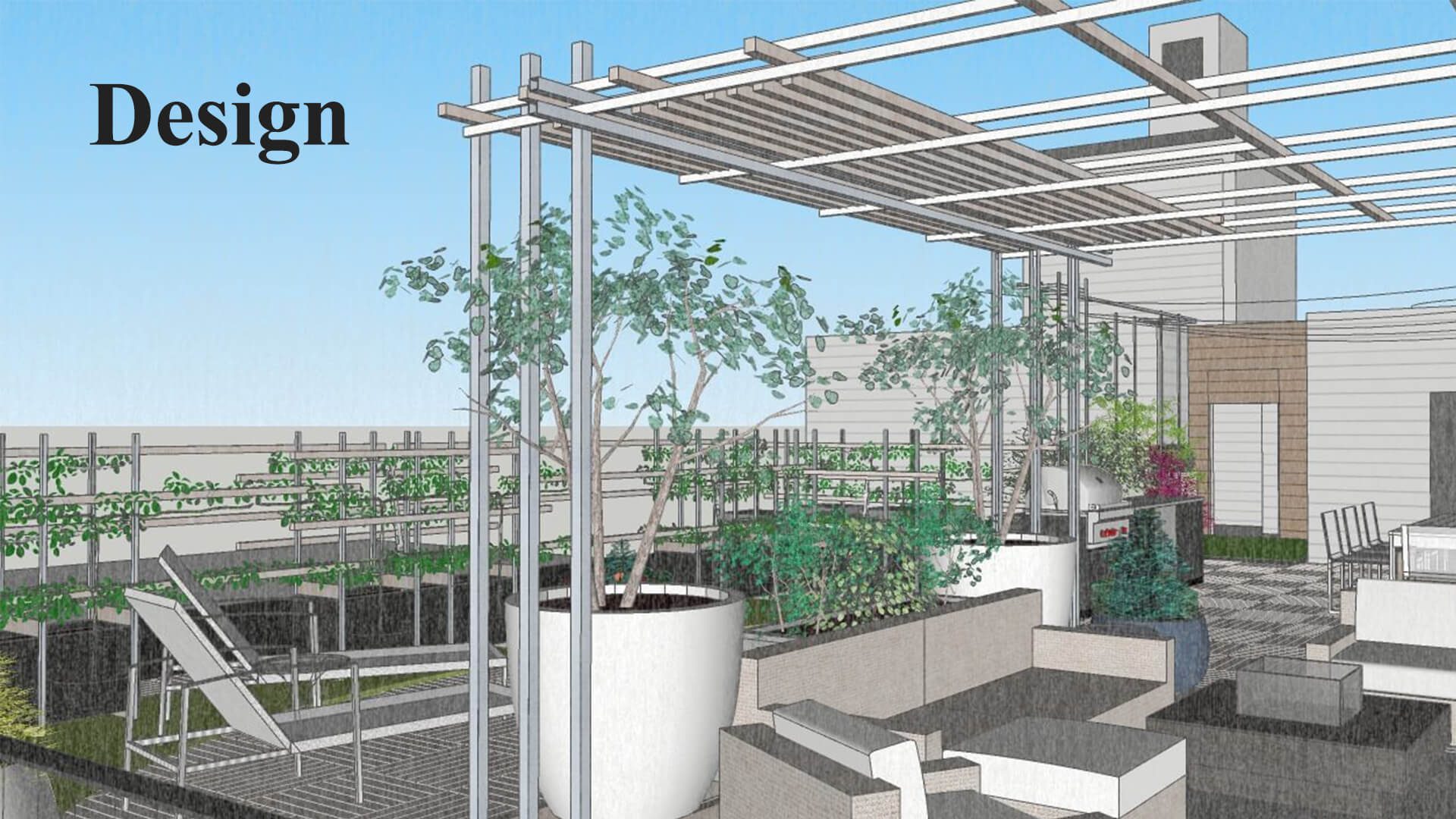Plant Care Tips: How to Take Care of Ferns
Do you need help with how to take care of your ferns? If you’ve recently upgraded your indoor planting designs to add more greenery into your home, you’ll want to make sure you know the top plant care tips to take care of them.
Today we’re going to discover some of the best indoor plant care solutions for your home or office. You can also read our guide on how to prevent your house plants from dying for more.
Plant Care Tips You’ll Learn in This Article:
The Different Types of Ferns You Can Select for Your Home
Before we discover the top indoor plant watering methods for your plants, let’s take a look at some of the most popular types of ferns you could add to your space. One of the most common ferns that people choose is the Boston fern. They require minimal indoor plant care but must be kept in warm temperatures and indirect light.
For something a little more unique, consider a maidenhair fern. One of the biggest challenges with indoor plant care for this type of fern is finding a consistently humid area.
The bear paw fern is another of our favorite ferns to add to any space, which has the advantage that it can easily divide to make multiple plants. You’ll need to offer this fern a good amount of warmth and bright indirect light.
This tricolor fern makes an elegant addition to any home, with a wide range of shades of green within each plant – from pale green to deep forest green. They require similar conditions to the Boston fern, so it would be another great option for anyone with this type of interior planting design already in place.
Use Drained Soil
Drained soil can greatly improve your interior planting design. In general, you’ll find that ferns can be fussy about the type of soil they use. They prefer light, fluffy, well-drained soil. Moreover, their roots don’t like to be wet all the time, as this might suffocate the plant.
For indoor plant care success, try to find a light, drained potting mix in which you can place any of the ferns listed above. Check the soil before watering – the soil should not be completely dry but just about to be dry.
Then, it’s best to completely soak the fern – either under a sink faucet or even in the shower. Of course, you’ll still need to avoid overwatering your ferns.
This mistake can result in fungal infections, where it would be prudent to dispose of the whole plant.
Mist Your Ferns
To add moisture to the environment of your ferns, you should occasionally mist your plants. Ferns need to live in rooms with high humidity to thrive and grow, which is why they often exist in terrariums. They love soaking in the moisture from the air, which is why we recommend misting your plants regularly if you find they aren’t growing well.
If you notice brown tips on your ferns, this is a good indication that they need misting.
Alternatively, you could set your humidifier close to your plants. This placement will help add water to the air, which can otherwise be hard to achieve in some rooms in your home.
The kitchen is a great location to add ferns, and you’ll find they thrive in this type of atmosphere.
Aim for Medium Light
When ferns are out in the wild, you’ll find they enjoy indirect light thanks to their position under the trees. For that reason, you need to try and recreate this atmosphere at home.
Place them by either a south-facing or a north-facing window that won’t provide too much light.
When ferns exist in an area that receives extremely strong direct light, you’ll find their leaves get burnt.
Focus on offering them a medium-light placement in your home and you’ll find your new interior planting design thrives throughout the year. Our best plant care tip is to pay attention to your space’s lighting.
Do you need help revitalizing your outdoor garden?
Use Double Containers – “Slip Potting”
To help you out with your indoor plant care, we recommend adding ferns to double containers, also known as “slip potting.” If you’d like to know how to take care of ferns, slip potting is a great first step.
Plant the fern directly into a terracotta pot, which you can then place in a pretty container to add to your home. Between the containers, you may add moistened sheet moss, which will help with indoor plant watering and keeping your plants moist.
The great thing about ferns is that they make a versatile addition to any home. You can even add some species to wall art, making for a sophisticated addition to your space.
An attractive terrarium can help you take care of ferns in smaller apartments. This layout allows you to keep your plants in optimal conditions without taking up too much space in your home.
Best Practices for Hanging Plants
If you’ve recently added hanging plants to your home, they can be more of a challenge to maintain. Indoor plant watering is the biggest issue with hanging plants.
Consider moving your plants outdoors during the warmer months of the year. This transition makes indoor plant care much easier while potentially protecting your home and furniture.
However, ferns won’t thrive in strong, full sun, so ensure they have some protection: tree shade, a tarp, sheet, or umbrella to protect them from too much sun.
Generally, hanging plants need more water than other potted ferns. The rising hot air surrounding the pot tends to dry out faster than plants on the floor.
Key Takeaways
Any homeowner can follow our plant care tips to ensure your ferns remain healthy and happy. When it comes to indoor plant watering, you need to stay on top of this to maintain your plants properly. Ideally, indoor plant care shouldn’t take up too much of your time or energy.
If you’re instead looking to add new indoor plants to your office or rooftop garden this year, our team will be here to support you in upgrading your interior plant designs. We can also recommend the best outdoor garden decor for your home or office.
Ready to unlock your garden’s full potential?
Boston’s Top Indoor Plantscaping Specialists
Foliaire is a full-service interior and exterior greenscape design-build firm in Boston’s historic South End. For the last 40 years, we’ve provided the highest quality plantscaping services for clients across the Boston Metro area.
We customize and plan all of our interior planting designs to fit your unique space and tastes. That’s how we’ve built a reputation of unparalleled style and elegance for both corporate and residential community projects. In addition, we’ve received several environmental design awards and have appeared in several publications. You can find us in Architectural Digest, House and Garden, Horticulture, and Interiorscape.
Follow us on social media for more plant care tips:






